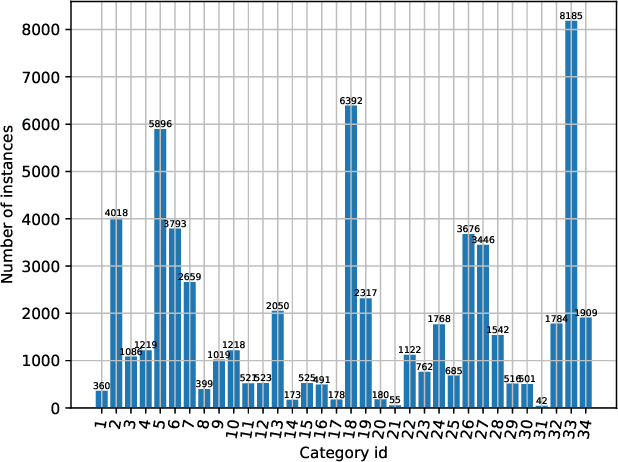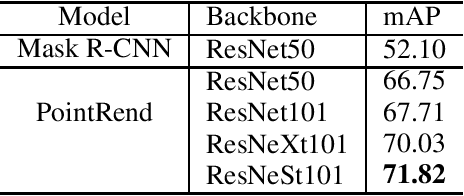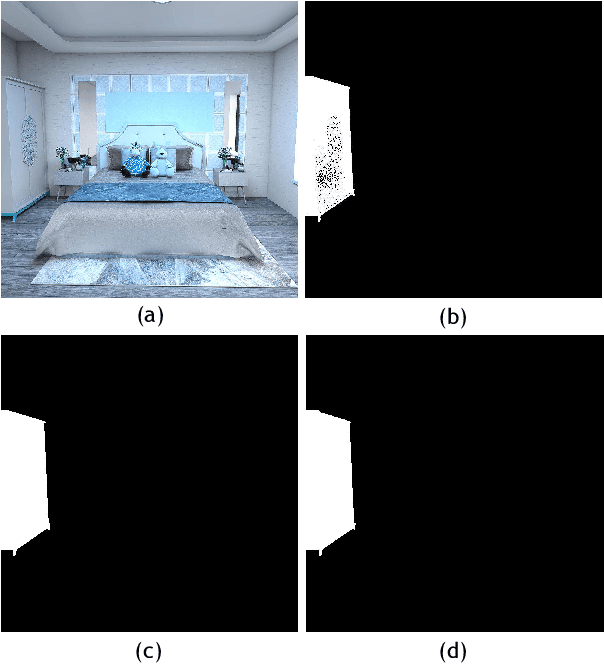Zheng Ju
Huaxin consulting Co., Ltd, Hangzhou, China
Can We Transfer Noise Patterns? A Multi-environment Spectrum Analysis Model Using Generated Cases
Aug 14, 2023



Abstract:Spectrum analysis systems in online water quality testing are designed to detect types and concentrations of pollutants and enable regulatory agencies to respond promptly to pollution incidents. However, spectral data-based testing devices suffer from complex noise patterns when deployed in non-laboratory environments. To make the analysis model applicable to more environments, we propose a noise patterns transferring model, which takes the spectrum of standard water samples in different environments as cases and learns the differences in their noise patterns, thus enabling noise patterns to transfer to unknown samples. Unfortunately, the inevitable sample-level baseline noise makes the model unable to obtain the paired data that only differ in dataset-level environmental noise. To address the problem, we generate a sample-to-sample case-base to exclude the interference of sample-level noise on dataset-level noise learning, enhancing the system's learning performance. Experiments on spectral data with different background noises demonstrate the good noise-transferring ability of the proposed method against baseline systems ranging from wavelet denoising, deep neural networks, and generative models. From this research, we posit that our method can enhance the performance of DL models by generating high-quality cases. The source code is made publicly available online at https://github.com/Magnomic/CNST.
2nd Place Solution to Instance Segmentation of IJCAI 3D AI Challenge 2020
Oct 21, 2020



Abstract:Compared with MS-COCO, the dataset for the competition has a larger proportion of large objects which area is greater than 96x96 pixels. As getting fine boundaries is vitally important for large object segmentation, Mask R-CNN with PointRend is selected as the base segmentation framework to output high-quality object boundaries. Besides, a better engine that integrates ResNeSt, FPN and DCNv2, and a range of effective tricks that including multi-scale training and test time augmentation are applied to improve segmentation performance. Our best performance is an ensemble of four models (three PointRend-based models and SOLOv2), which won the 2nd place in IJCAI-PRICAI 3D AI Challenge 2020: Instance Segmentation.
 Add to Chrome
Add to Chrome Add to Firefox
Add to Firefox Add to Edge
Add to Edge